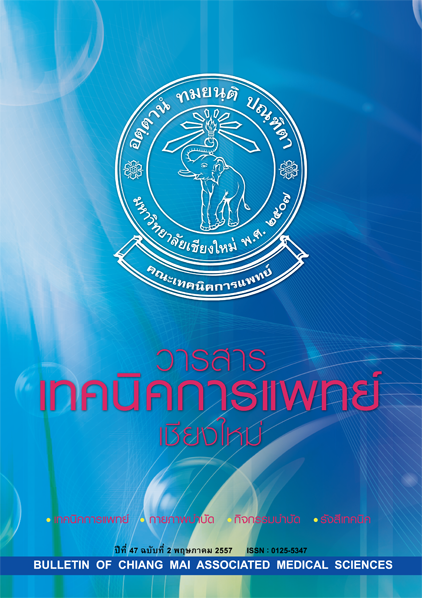The prevalence of C. difficile infection by culture method and typing toxin genes by multiplex polymerase chain reaction (mPCR)
Main Article Content
Abstract
Introduction: Clostridium difficile-associated diarrhea is a global health problem. The pathogenicity of this bacterium is determined by production of two major toxins: enterotoxin A and cytotoxin B. The clinical feature typically includes diarrhea, lower abdominal pain and systemic symptoms, such as fever, anorexia, nausea and malaise, but they can range from mild diarrhea to pseudomembranous colitis. The standard methods of C. difficile for diagnosis and toxin detection are culture method and cytotoxicity assay (CA).
Materials and methods: A total of 433 fecal samples with diarrhea diseases from 13 provinces were collected during year 2006-2013 for identification of C. difficile by culture method and detection toxin genes by mPCR.
Results: The prevalence of C. difficile infection was 14.55% (63/433) by culture method. The detection of
toxin genes by mPCR was A-B+ strain (19 samples), A+B+ strain (1 sample), A-B- strain (43 samples) and no strain of binary toxin, respectively. The prevalence of C. difficile infection was occurred in women more than men.
Conclusions: From this study showed that C. difficile infection is a major cause in patients with diarrhea.
The most common toxin gene was A-B+ strain. Monitoring of C. difficile strains in Thailand is useful for the strains that cause antibiotic resistance.
Article Details
Personal views expressed by the contributors in their articles are not necessarily those of the Journal of Associated Medical Sciences, Faculty of Associated Medical Sciences, Chiang Mai University.

